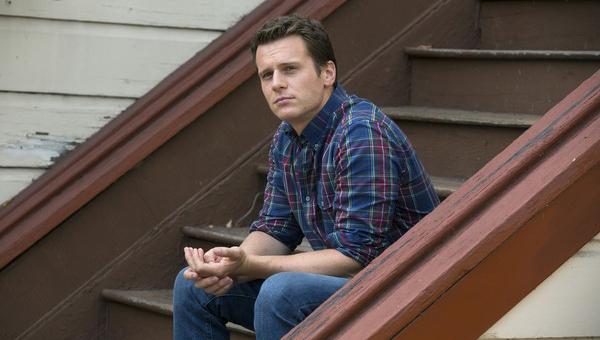On HBO’s “Looking,” currently in its sophomore season, our hero Patrick lives the gay life of my teenage daydreams. He’s 29, a denizen of the gay mecca of San Francisco, and works in the lucrative, hetero-heavy world of video game design. Romantic interests are fully enamored with Patrick and his more confident friends support him through everything.
Patrick’s life is made all the more uncanny by his unsettling ignorance regarding gay life. He may be an almost 30-year-old gay man living in a metropolis, but Patrick treats each new queer experience like a first. He is surprised by the way a handjob feels, squeamish about the idea of bottoming and blindly skeptical about HIV prevention. His naivety stretches to every corner of queer culture, allowing for other characters to explain everything from leather parades to drug use to trans youth.
The supporting characters of “Looking” fare much better than Patrick. Aspiring restaurateur Dom and adrift artist Augustin both offer more specific, nuanced portrayals of queer men. The season two introduction of Eddie, an HIV-positive worker at a LGBTQ youth shelter and love interest for Augustin, has helped introduce real world discussions and context to “Looking,” but these have also made Patrick’s infantilism more glaring.
Gay men like Patrick certainly exist, and the writers of “Looking” should not have to write their protagonist under the burden of accurately portraying every aspect of queer life. But the choice to headline this show, one of only a few American shows to feature queer characters and life so prominently, with Patrick’s uncomfortable view of being gay is a detriment to what is an otherwise engaging and believable show.
I thank my gay stars that I’m not now who I was at 14. I hope Patrick grows into a more relaxed, informed member of his community by the time he hits middle age or season three, whichever comes first.









